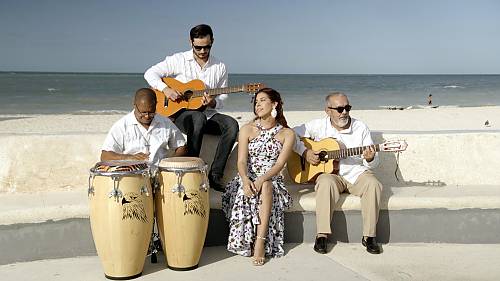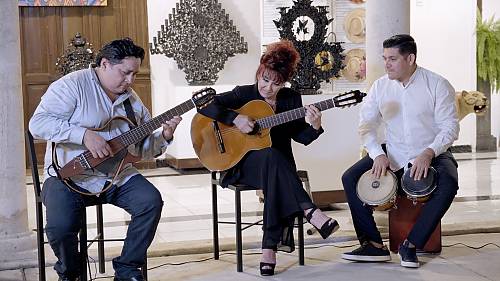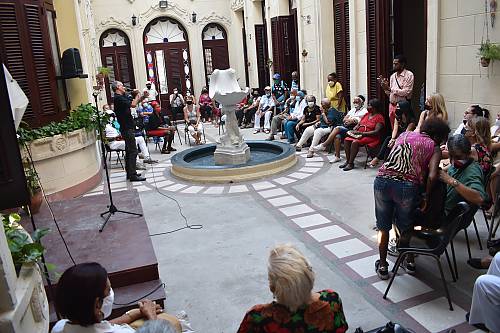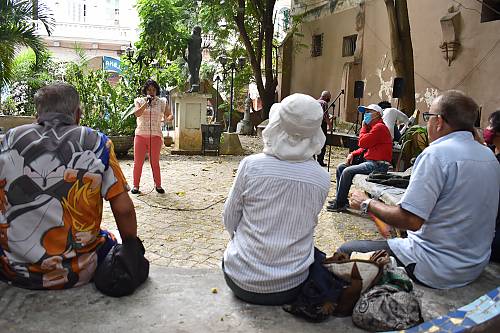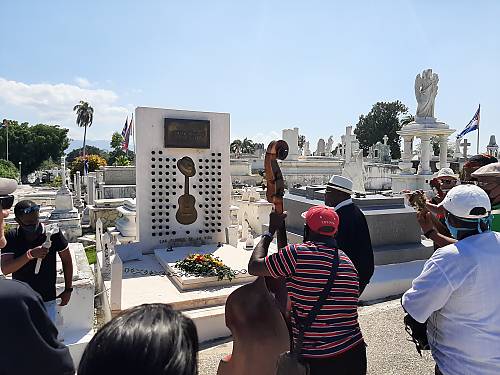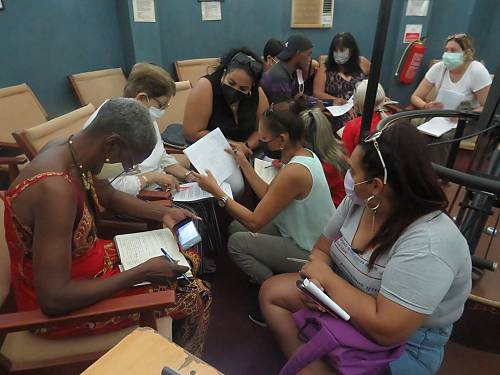Bolero: identity, emotion and poetry turned into song
Inscribed in 2023 (18.COM) on the Representative List of the Intangible Cultural Heritage of Humanity

Bolero is an indispensable part of the Latin American sentimental song, with a strong lyrical character deeply rooted in Cuba and Mexico. A cultural amalgam, it combines the language used in European poetry, with African rhythms of enslaved peoples and the sentiments of the native peoples of the Americas. Bolero lyrics allude to daily life, and the songs are performed in a variety of spaces, from households to public areas and large concert halls, as well as in festivals and as serenades. The practice is generally passed down within families, through oral tradition and imitation. Researchers and academics (such as historians, musicologists and cultural managers) also contribute to its transmission. Today, new boleros continue to be composed, and the lyrics and music give room to an ever-evolving dialogue with the tradition of both countries. The prestige achieved by Bolero and its appropriation by different sectors of the population have led to its expansion to other parts of Latin America and to other Spanish-speaking countries. As a strong cultural symbol for broad sectors of Cuban and Mexican societies, especially in urban areas, it has served as a means of expressing emotions and feelings for over a century.



